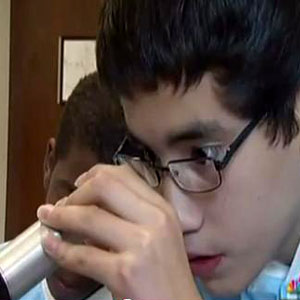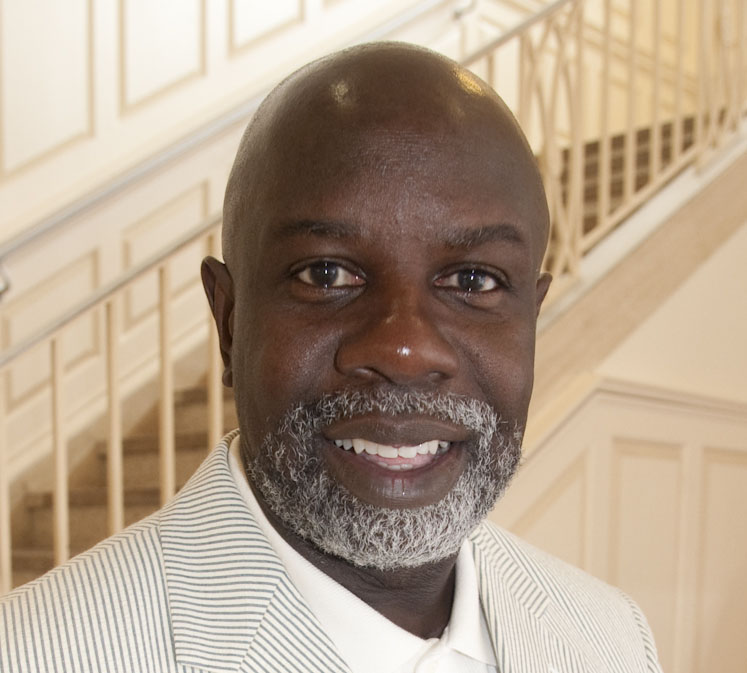Program introduces young students to biomedical research
The Physician Scientist Training Program at SMU is designed to identify and recruit talented minority students.

For first-year premed student Lauren Knazze, the laboratory equipment in Dedman Life Science Building’s biology lab was as familiar as summer camp. Since seventh grade she has spent summers conducting research in laboratories at places such as Temple University and the National Institutes of Health.
When her SMU lab instructor demonstrated the use of a pipette, a glass tube used in experiments to transfer small amounts of liquid, Kanzze didn’t ask any questions.
“I’ve been using a pipette since ninth grade,” she says.
Knazze is in her sixth year as a participant in the Physician Scientist Training Program, a national program developed in 1990 by SMU alumnus Moses Williams ’78, ’82 to increase the number of underrepresented minority students in biomedical research fields. Minority students nationwide are recruited for the 10-year program. Most of the students come from middle-class or low-income families.
 Moses Williams |
“As the director of Temple University Medical School Admissions in 1990, I saw very few underrepresented minorities coming to the table for consideration,” Williams says. “I decided to do something about this national problem by starting a program that would find and train minority child prodigies to produce a pool of candidates worthy of admission to elite medical schools and biomedical graduate programs.”
Last summer SMU became host to the seventh- and eight-grad classroom portion of the Physician Scientist Training Program. One hundred twenty minority students spent six weeks at SMU studying courses such as college-level chemistry, laboratory techniques and research writing.
After participants in the Physician Scientist Training Program finish the junior high component, they spend senior high and college summers working in university, U.S. government and private research laboratories.
Before coming to SMU, Knazze worked at a Temple University oncology lab in Philadelphia; the national Institute of Arthritis, Musculoskeletal and Skin Diseases in Bethesda, Maryland; and at the Institute for Systems Biology in Seattle.
More than 90 percent of the seventh-graders who start the program continue their participation through college, says Charles, Knibb, director of academic affairs for the Physician Scientist Training Program. Eighty-one percent pursue graduate degrees, becoming biomedical researcher4s, medical school faculty members and practicing physicians, pharmacists and dentists.
“Being in this program empowers students,” he says.
# # #